Enable or Disable Write Protection for Disk in Windows 10

Enable or Disable Write Protection for Disk in Windows 10: If Write Protection is Enabled, you won’t be able to modify the contents of the disk in any way, which is quite frustrating if you believe me. A lot of users aren’t aware of Write Protection feature and they simply assume that disk is damaged and that’s why they aren’t able to write anything on the drive or the disk. But you can be sure that your disk isn’t damaged, in fact when write protection is enabled, you will receive an error message saying “The disk is write-protected. Remove the write-protection or use another disk”.

As I said most of the users consider the write protection as a problem, but in fact, it is actually mean to protect your disk or drive from unauthorized users who intend to carry out write operations. Anyway, without wasting any time let’s see How to Enable or Disable Write Protection for Disk in Windows 10 with the help of the below-listed tutorial.
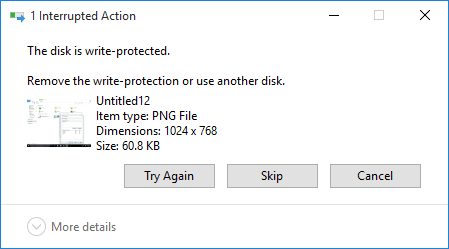
Enable or Disable Write Protection for Disk in Windows 10
Make sure to create a restore point just in case something goes wrong.
Method 1: Enable or Disable Write Protection using the Physical Switch
Memory card and some USB drives come with a physical switch which allows you to enable or disable Write Protection without any hassle. But do consider the fact that the physical switch will vary depending on the type of disk or drive you have. If Write Protection is enabled then this will override any other method listed in this tutorial and will continue to be write protected on all the PC’s you connect until it’s unlocked.
Method 2: Enable or Disable Write Protection for Disk in Registry Editor
1.Press Windows Key + R then type regedit and hit Enter to open Registry Editor.

2.Navigate to the following registry key:
ComputerHKEY_LOCAL_MACHINESYSTEMCurrentControlSetServicesUSBSTOR
3.Make sure to select USBSTOR then in the right window pane double-click on Start DWORD.
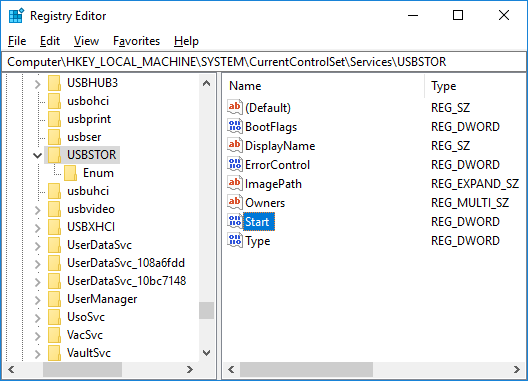
4.Now change the value of Start DWORD to 3 and click OK.
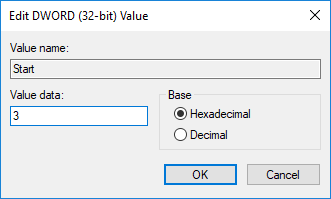
5.Close Registry Editor and reboot your PC.
Method 3: Enable or Disable Write Protection for Disk in Group Policy Editor
Note: This method will not work for Windows 10 Home Users as it only for Windows 10 Pro, Education, and Enterprise Users.
1.Press Windows Key + R then type gpedit.msc and hit Enter.
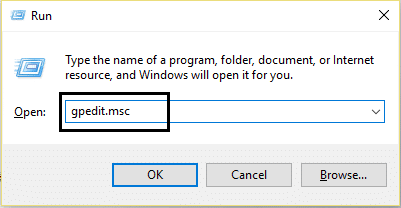
2.Navigate to the following path:
User Configuration > Administrative Templates > System > Removable Storage Access
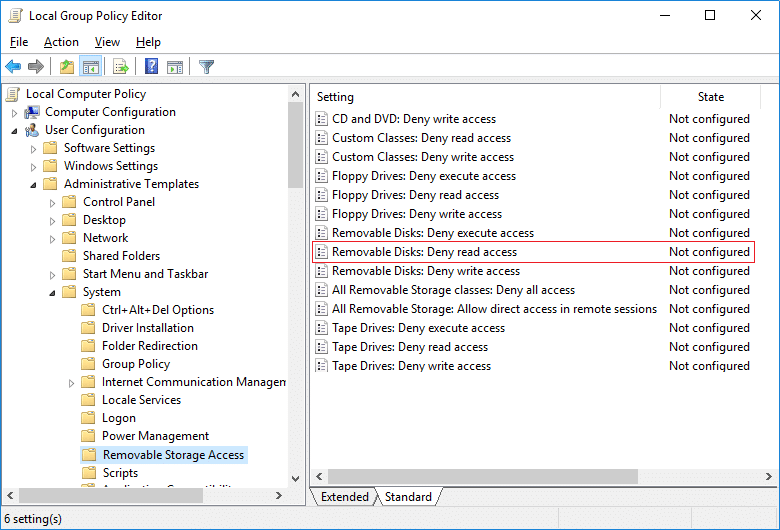
3.Select Removable Storage Access than in right window pane double-click on “Removable Disks: Deny read access” policy.
4.Make sure to select Disabled or Not Configured to Enable Write Protection and click OK.
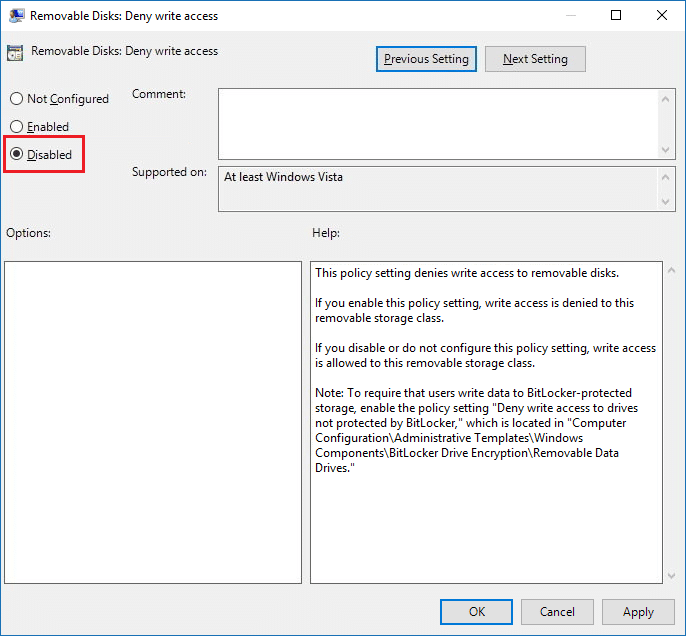
5.If you want Disable Write Protection then select Enabled and click OK.
6.Close everything and restart your PC.
Method 4: Enable or Disable Write Protection for Disk using Diskpart
1.Press Windows Key + X then select Command Prompt (Admin).

2.Type the following command into cmd one by one and hit Enter after each one:
diskpart
list disk (Note down the number of the disk which you want to Enable or Disable Write Protection)
select disk # (Replace the # with the number which you noted above)
3.Now to enable or disable Write Protection use the following commands:
To Enable Write Protection for the Disk: attributes disk set readonly
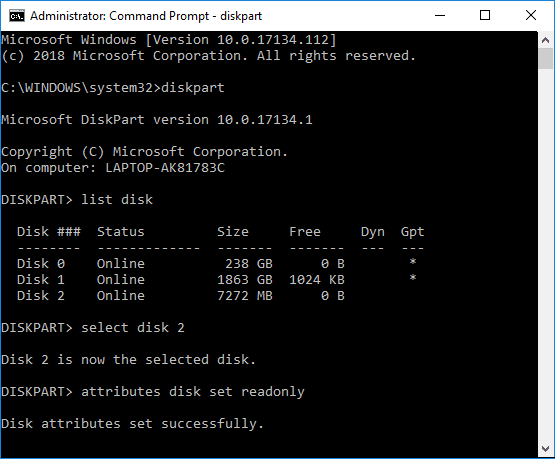
To Disable Write Protection for the Disk: attributes disk clear readonly
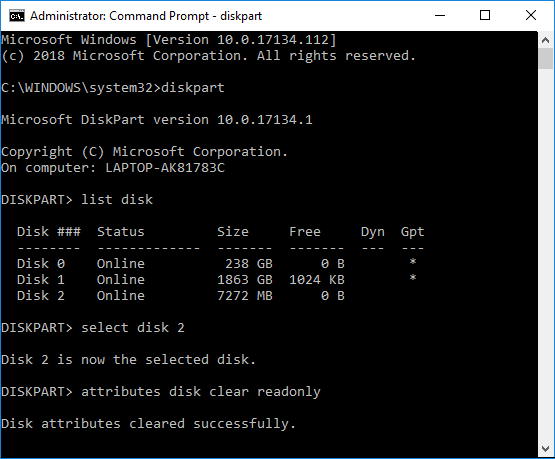
4.Once finished, you can close the command prompt and restart your PC.
Recommended:
That’s it you have successfully learned How to Enable or Disable Write Protection for Disk in Windows 10 but if you still have any queries regarding this tutorial then feel free to ask them in the comment’s section.